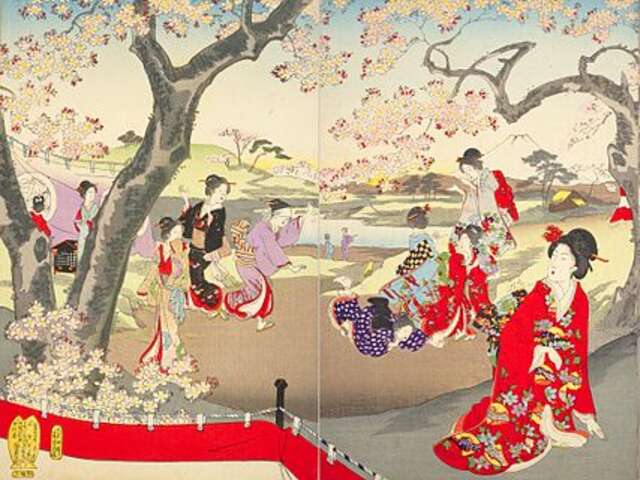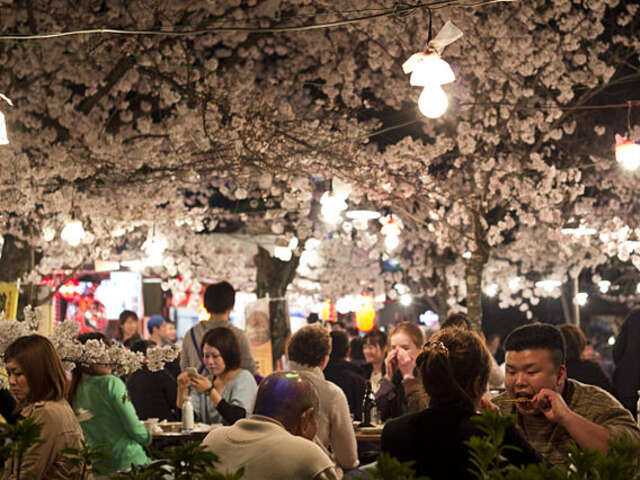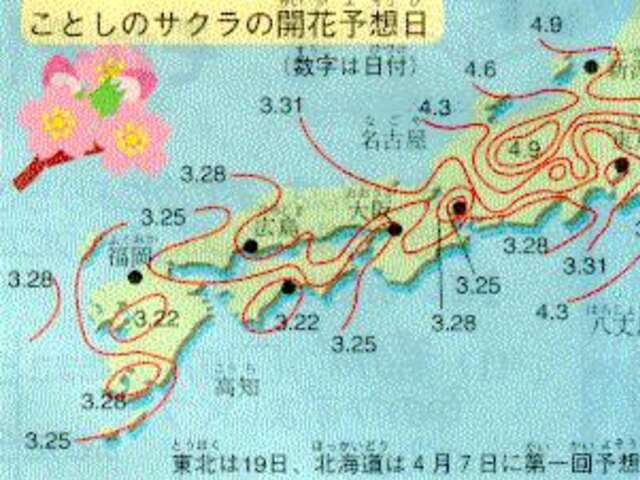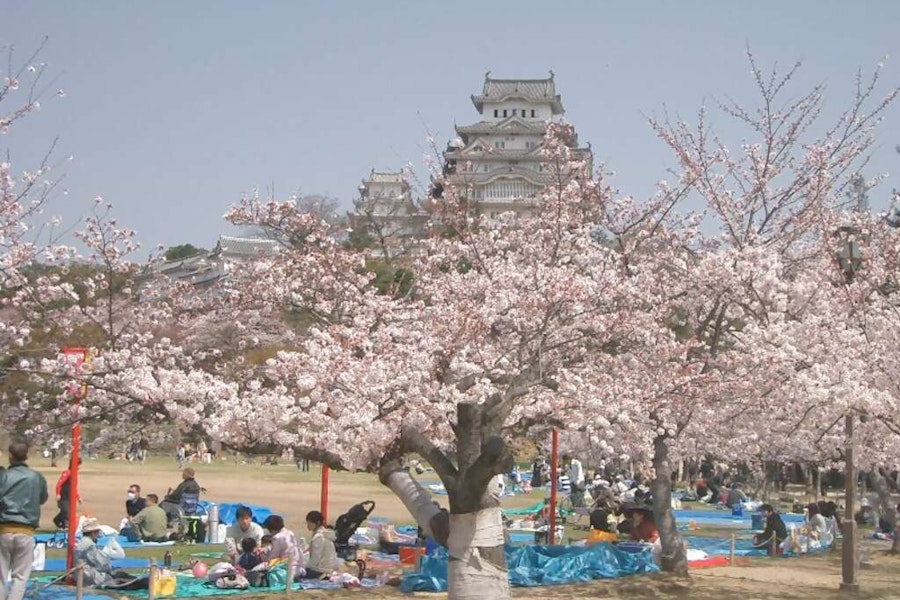Hanami Tips: View Cherry Blossoms Like the Japanese
Springtime cherry blossom viewing has become one of the best-known Japanese festivals around the world.
BestTrip.TV's Producer and Host Lynn Elmhirst shares her experience of 'Hanami', and some tips if you are lucky enough to travel to Japan during those magical few weeks every spring.
I'm a tree hugger. I love nature, woods walks, gardens and flower shows, making fresh bouquets for my home… I've even studied Japanese flower arranging (ikebana). So imagine how excited I was to be in Japan during the season when their famous cherry blossoms are in bloom. And to be invited to join a 'Hanami' party. (Top image credit).
'Hana' means flower in Japanese, and in this context, means almost exclusively cherry blossoms (sakura), although it can also mean other flowering fruit trees, especially plum (ume). 'Mi' is from the verb to see or view.
So Hanami is just a simple Japanese word 'Flower blossom viewing', but it has become one of the most revered Japanese traditions.
Hanami as a custom is believed to go back over a thousand years, even as far back as the 700's, during a time of tremendous cultural growth in Japan.
At that time, the practice was more closely related to agricultural and divining purposes, to announce the rice-planting season and predict the harvest. Naturally, offerings were made to the spirits in the fruit trees. This eventually evolved into including sake drinking in the offering.
Well you know where it went from there. Parties.

Once an Emperor in the Heian period started holding flower-viewing parties with sake and feasting beneath the blossoming trees, he set the scene for centuries to come. Poetry was written about the lacy, delicate flowers, seen as a symbol of the short-lived beauty of life itself. Masses of plantings in full bloom appear from a distance like fluffy pale pink clouds, inspiring generations of artists. Paintings, wood block prints, and tapestries celebrated the barely-pink blossoms and their increasing meaning to Japanese society. Where royalty and artists set a trend, the rest of society follows. Soon, even common people were planting cherry trees and taking picnic meals and drinking sake under the boughs of blossoming cherry trees.
Fast-forward to today, and that custom remains. I had some vague notion in my head that we'd stroll in awe under bowers of blossoms in the castle grounds, perhaps ending the uplifting Nature experience with some tea.
Instead, one member of our group went out at 6 am that morning with plastic picnic sheeting to lay out and stake a claim to a prime picnic spot under a particularly beautiful tree with a broader view over the park. By the time we joined him late afternoon, other parties had clearly been going on for hours. And the sake, beer, and shochu (sometimes called 'Japanese vodka') had been flowing.
The blossoms were breathtaking, but they didn't seem to be the star of the show. Cherry blossoms were just the set. It was all about the party. Barbecues, drinks, portable karaoke machines created a raucous scene – in an admittedly pretty magical atmosphere. In many places, hanami viewing starts after work – is even a work /colleague event – and continues late into the night. Some parks hang paper lanterns to light the trees.

Night Hanami. Image credit.
The contrast between the charm of the blossoms and trees and twinkling lights and the noisy parties below is shocking to a first timer like me. I found myself trying to block out the noise to find a sense of the wonder and spirituality of the earliest Hanami participants.
And for all the seeming irreverence, the Japanese take viewing very seriously. People past the age of enjoying raucous parties still do hanami, often more in temples, where they follow prayer rituals. TV news and papers forecast the 'cherry blossom front', following the season from the warmer south to the cooler north, only a couple of weeks in each place, and only a few days of truly prime viewing. In the big cities of Osaka and Tokyo and the ancient capital Kyoto, cherry blossom season normally takes place at the end of March and early April.

A blossom forecast with the predicted dates of blossoms. The numbers are for dates (3.22 is March 22). Note the "cherry blossom front" moves from South to North. Image credit.
If you are traveling to Japan on pleasure or business any time near cherry blossom season, find a way to participate in a party. If you do 'hanami', there are some etiquette rules to follow:
- Tips for Hanami in Japan:Be respectful of the mass of blossom admirers and the cherry trees themselves; don't shake branches, step on roots, or pick blossoms.
- Many blossom parties and venues can be rowdy, but not always. If most admirers are in prayer or quiet contemplation, a loud foreigner can wreck that experience for them AND the reputation of foreigners in Japan. Don't be that guy.
- Although parties with sake, beer, shochu (sometimes called 'Japanese vodka') are part of the modern ritual, be warned that not all parks permit alcohol; hopefully, you're going with Japanese friends, a guide, or colleagues, and they'll know if you can toast the blossoms with spirits.
- Similarly, not all parks permit barbecues, so your packed Hanami picnic may have to be cold and pre-prepared.
- Some parks don't have garbage collection capacity for the huge flow of Hanami traffic; be prepared to dispose of your garbage in your own bags.
The Japanese National Tourism Organization publishes a list of the best places to view cherry blossoms. You can find it here: http://www.jnto.go.jp/eng/location/interests/cherry.html
Start your trip!
Copyright BestTrip.TV/Influence Entertainment Group Inc or Rights Holder. All rights reserved. You are welcome to share this material from this page, but it may not be published, broadcast, rewritten or redistributed.

